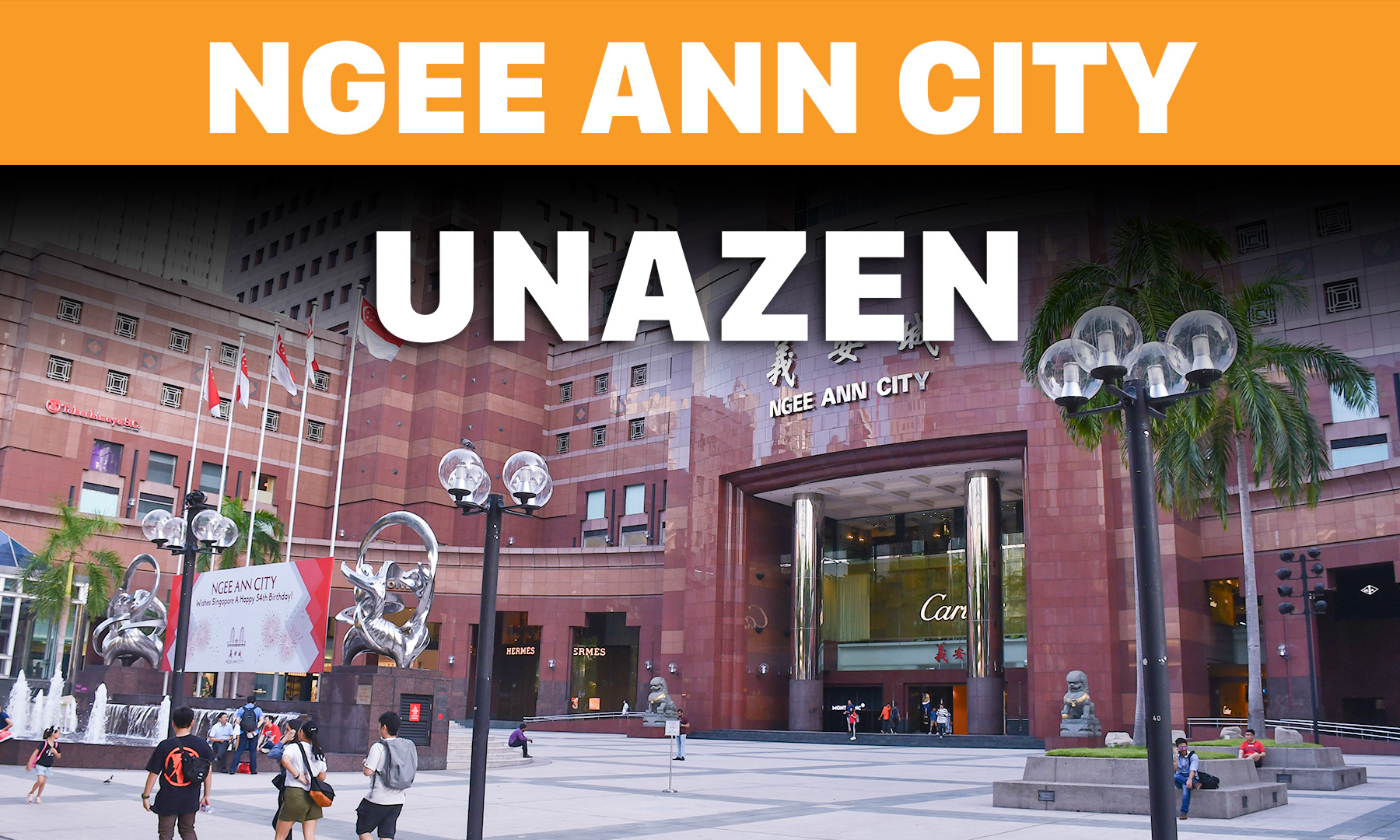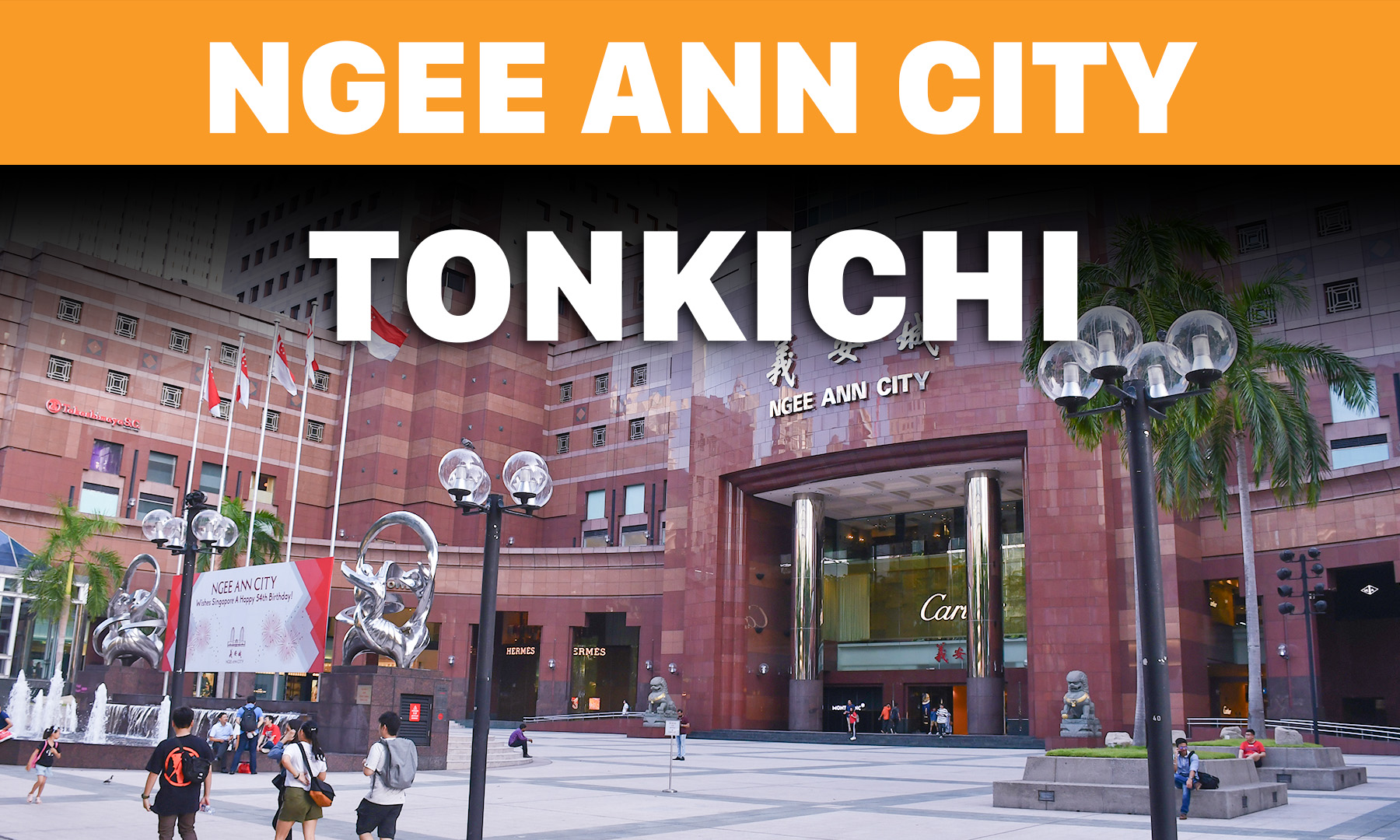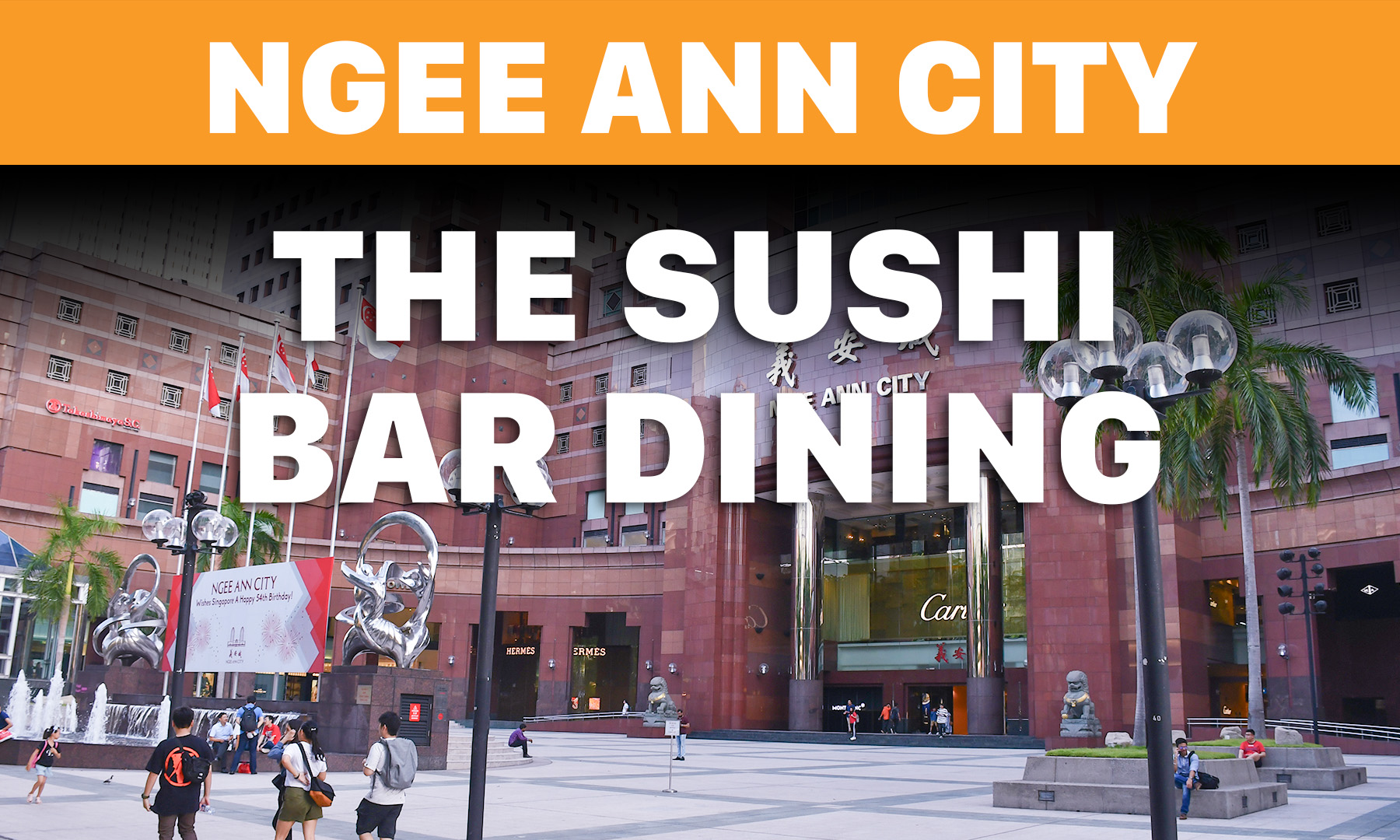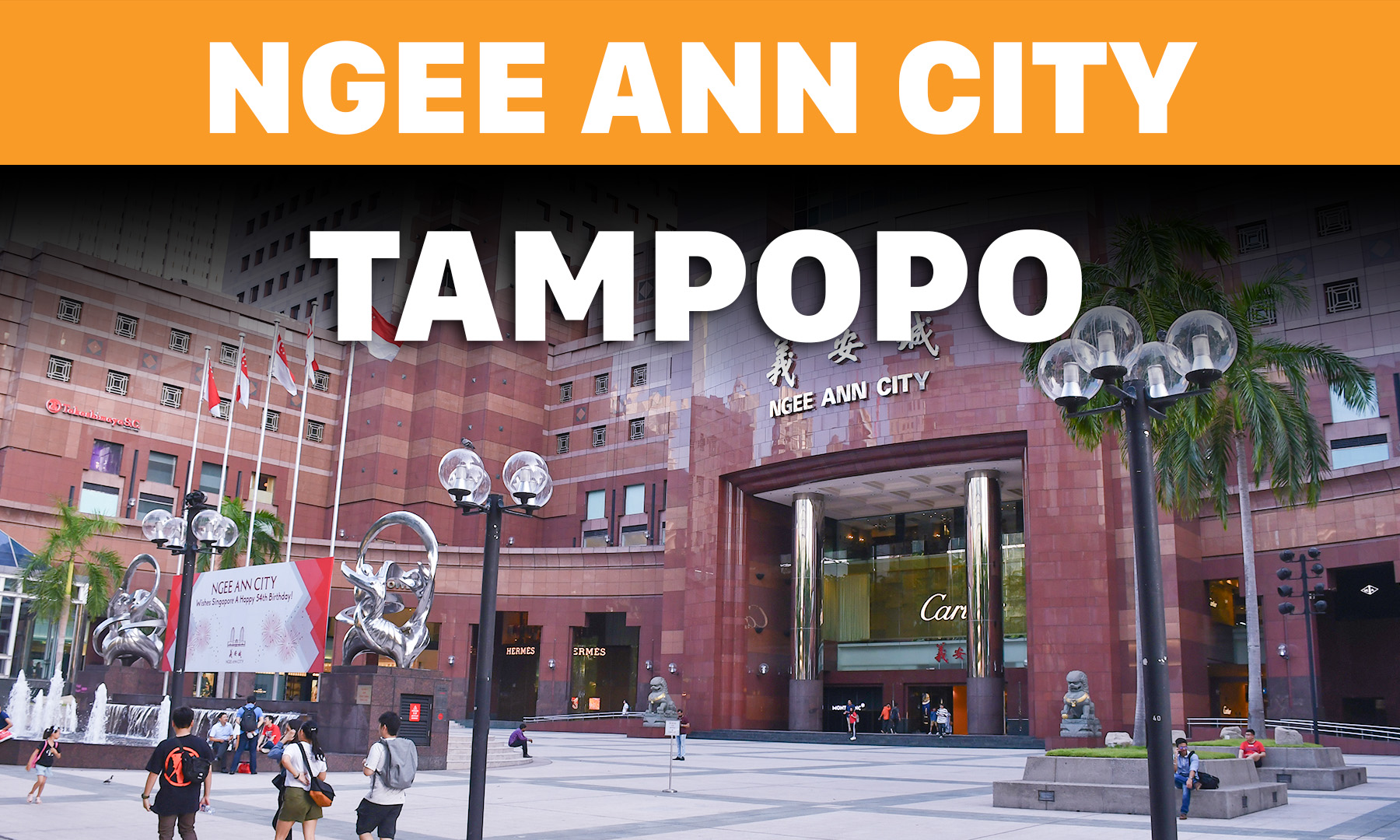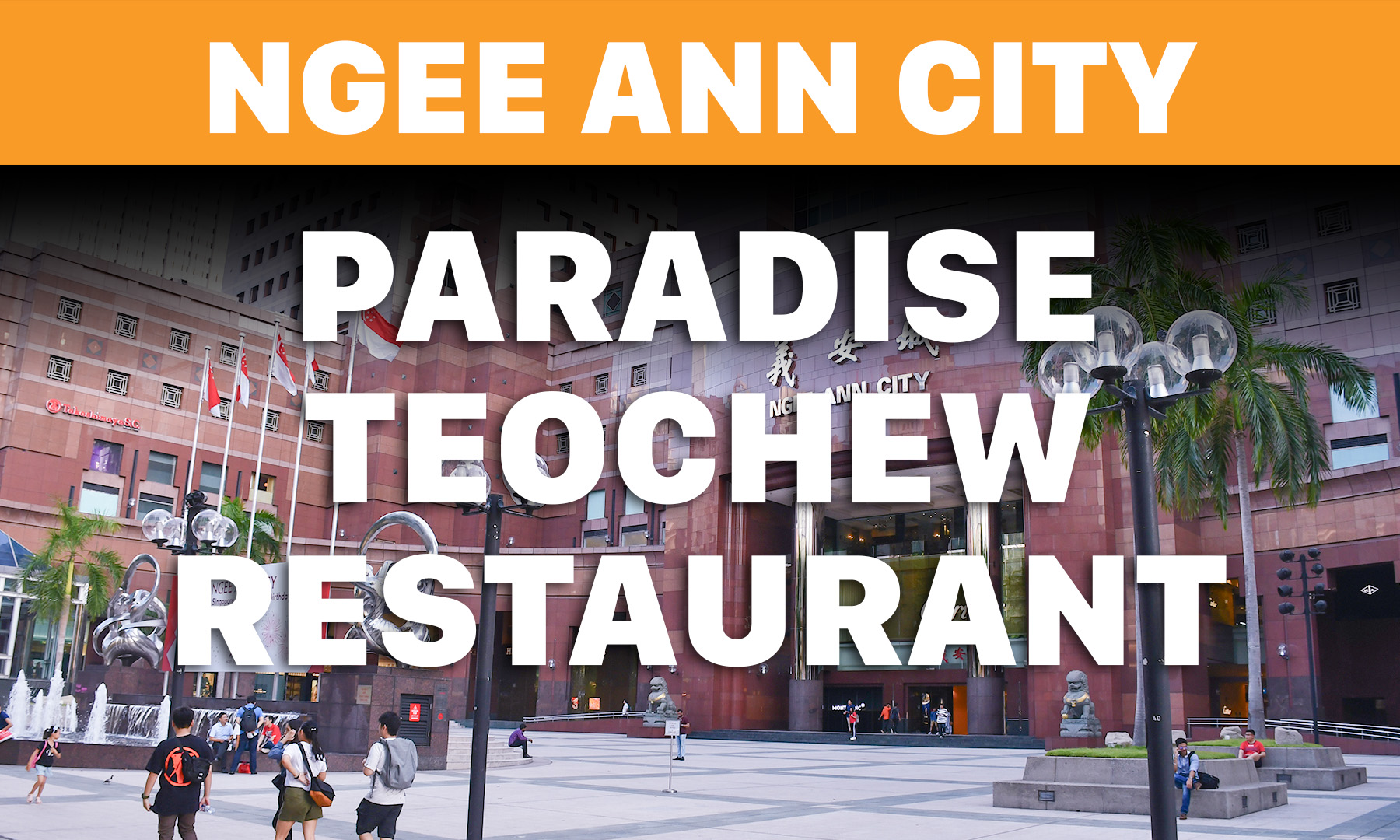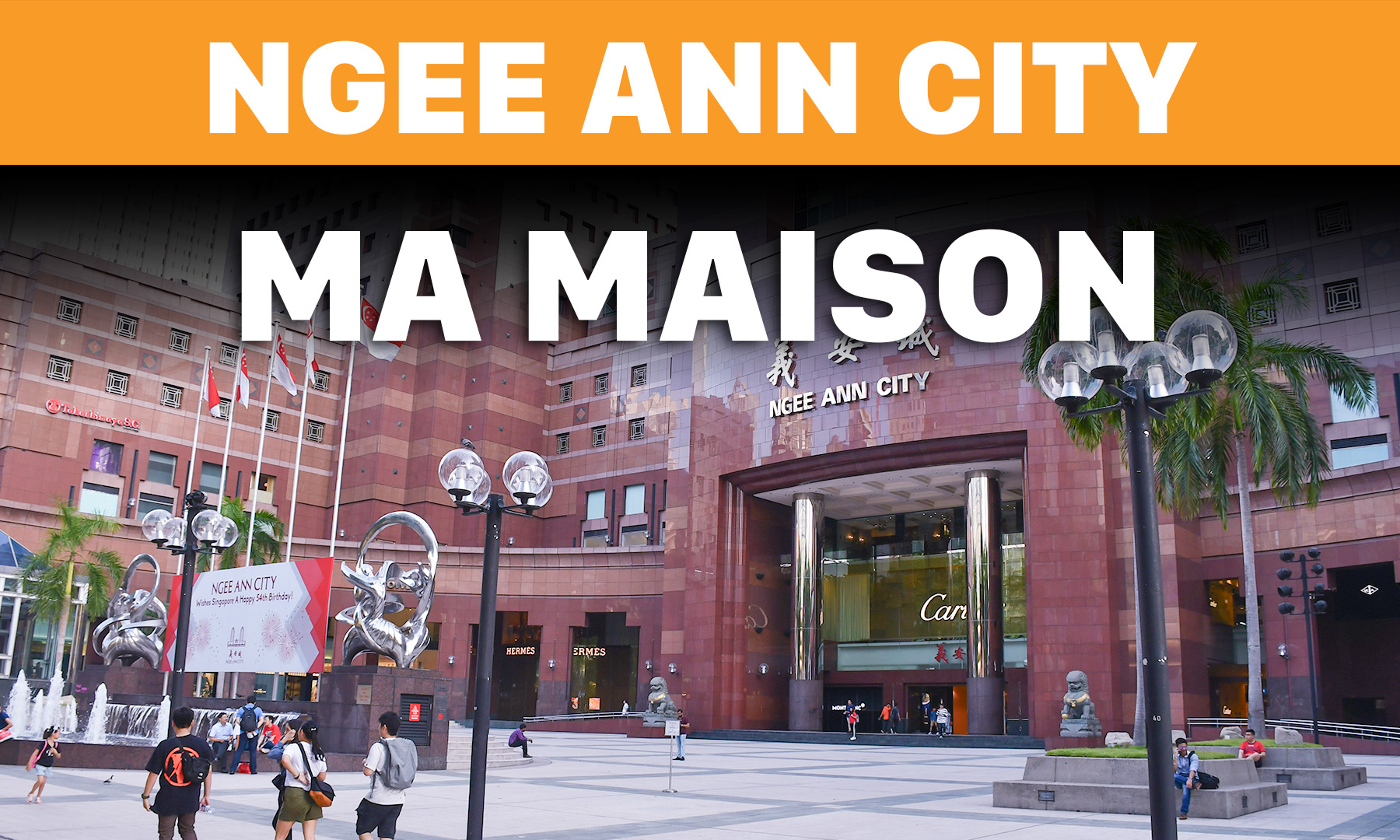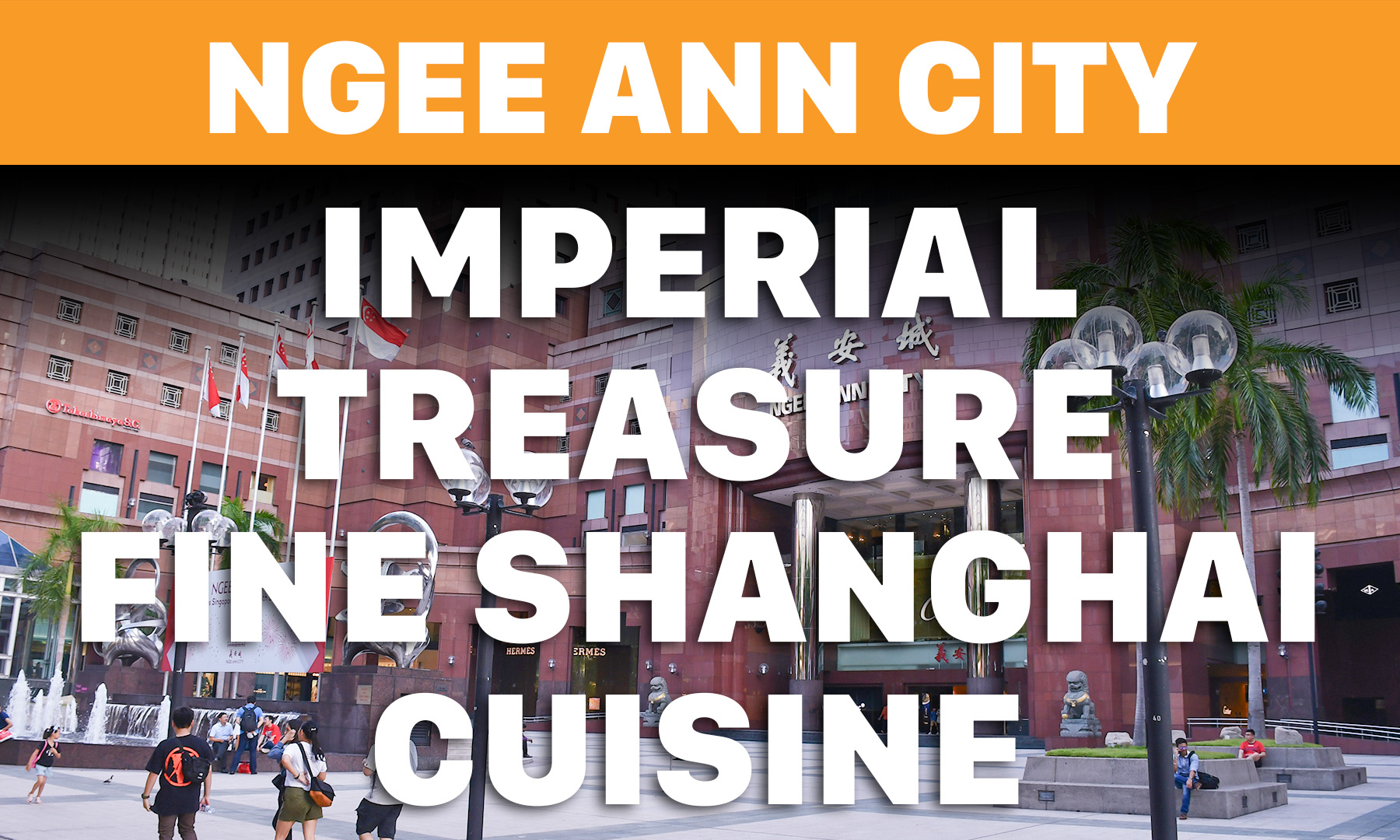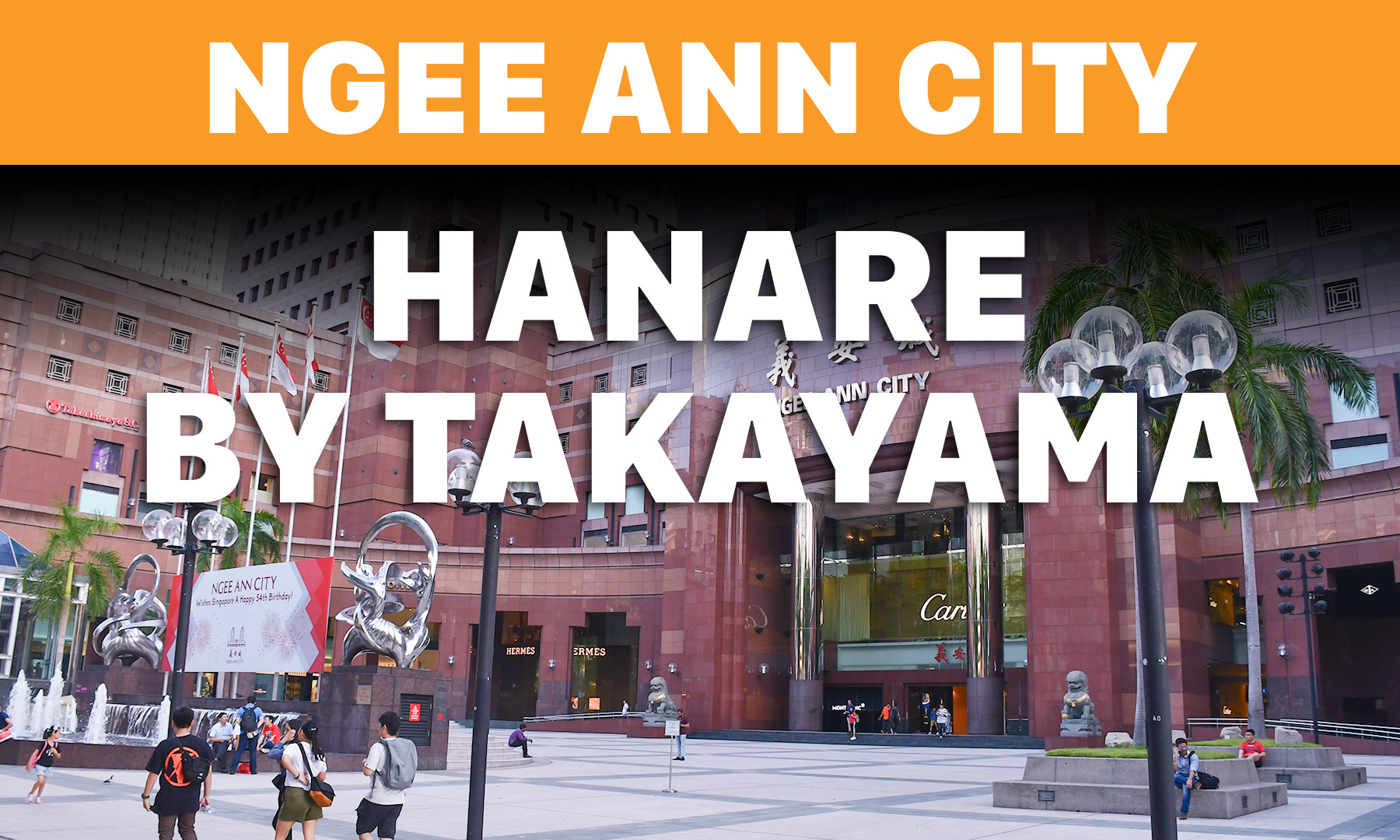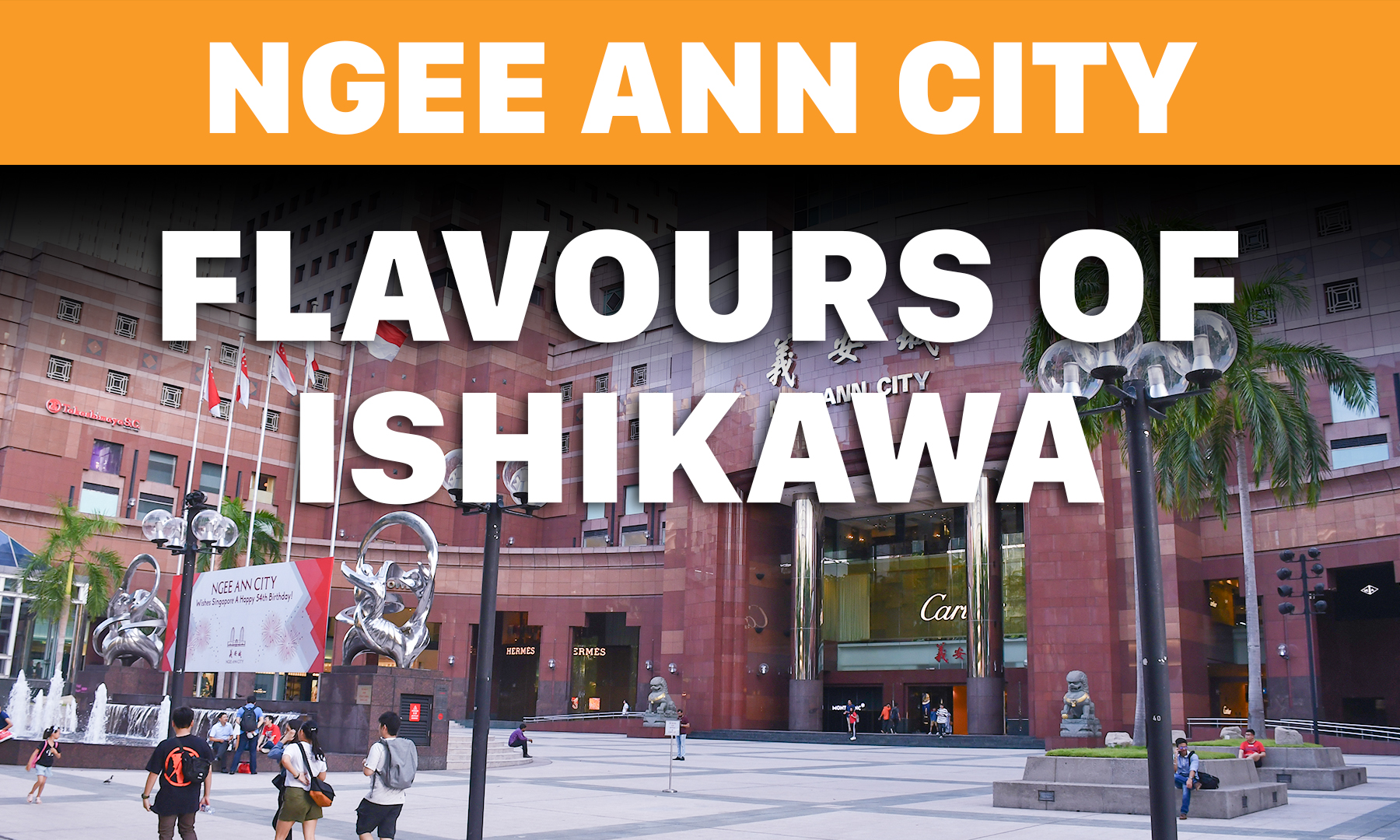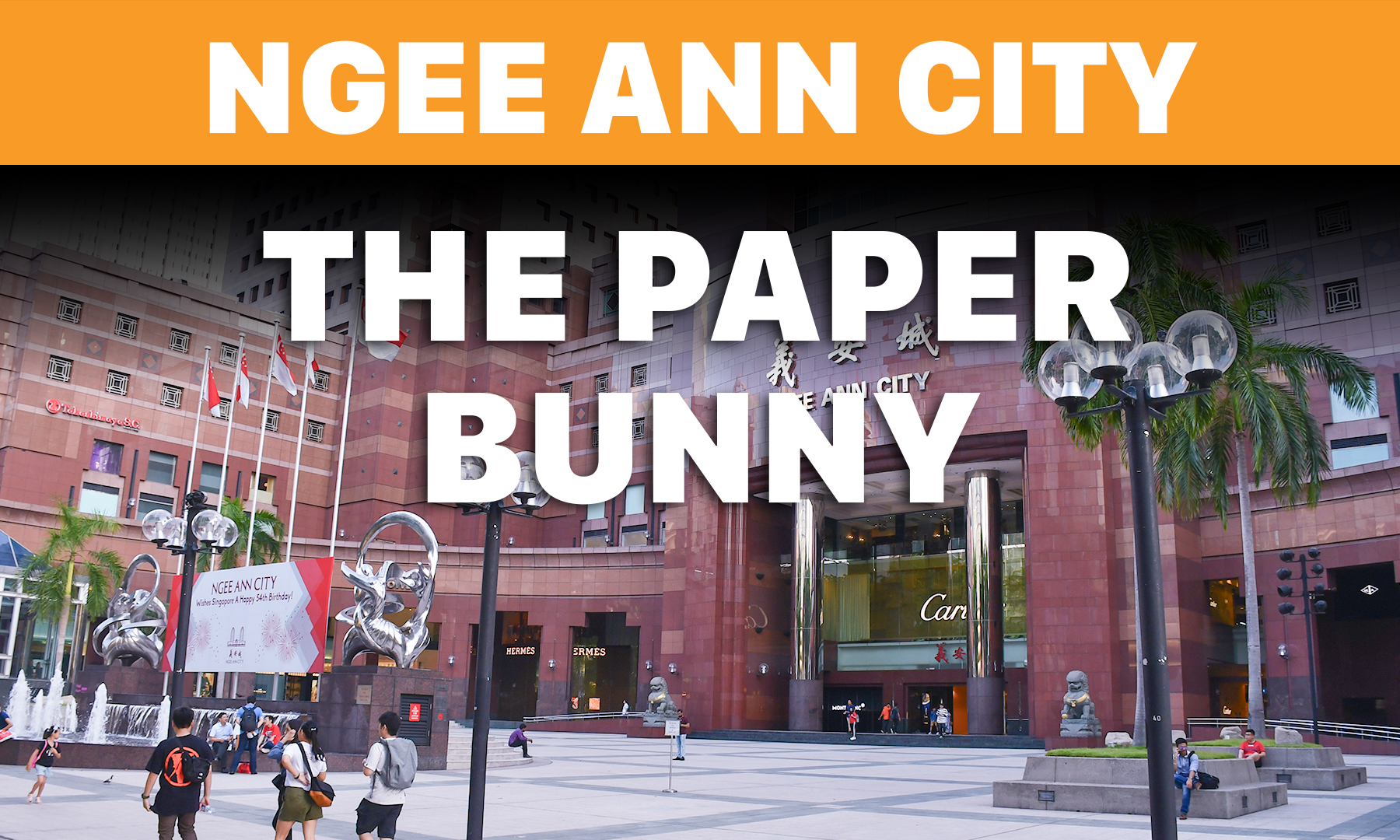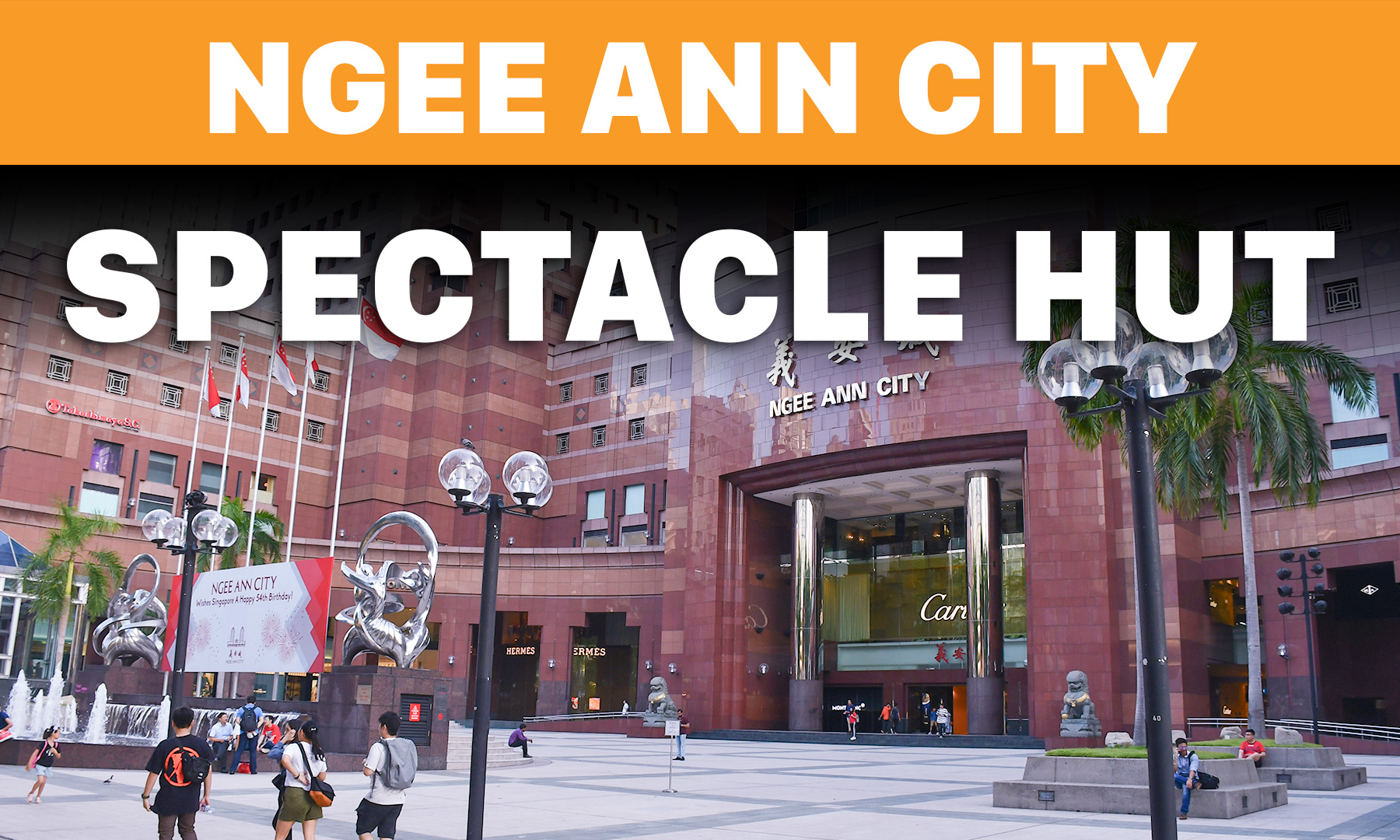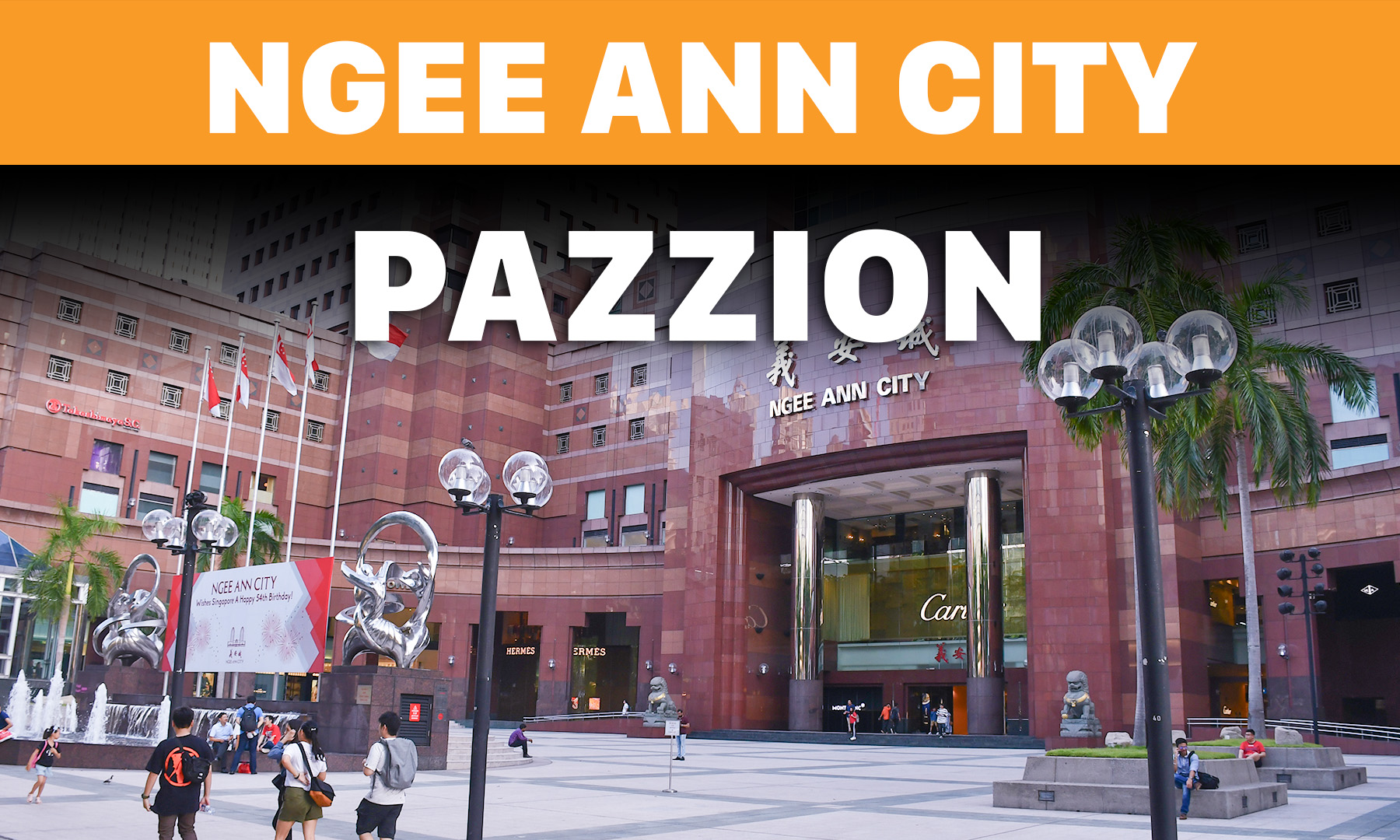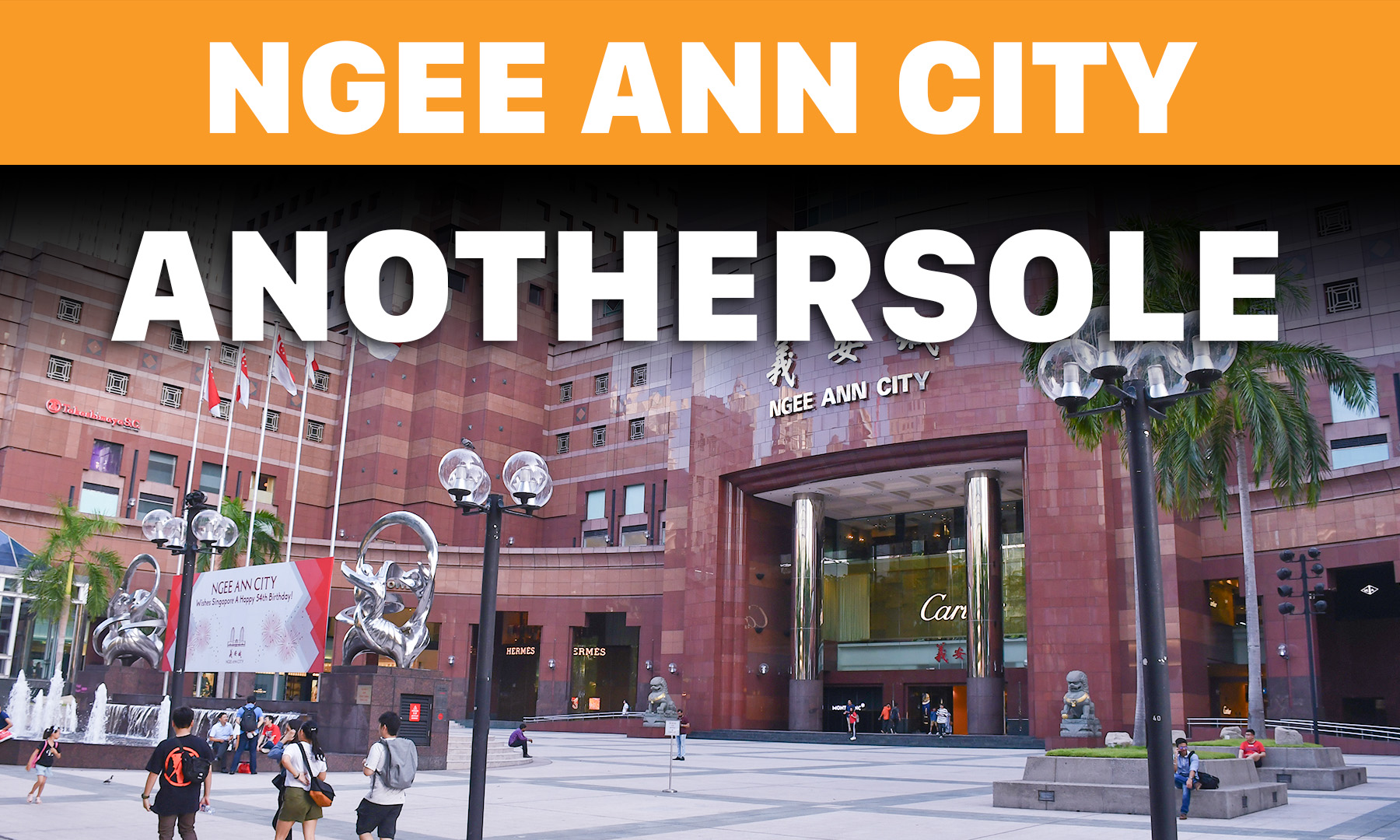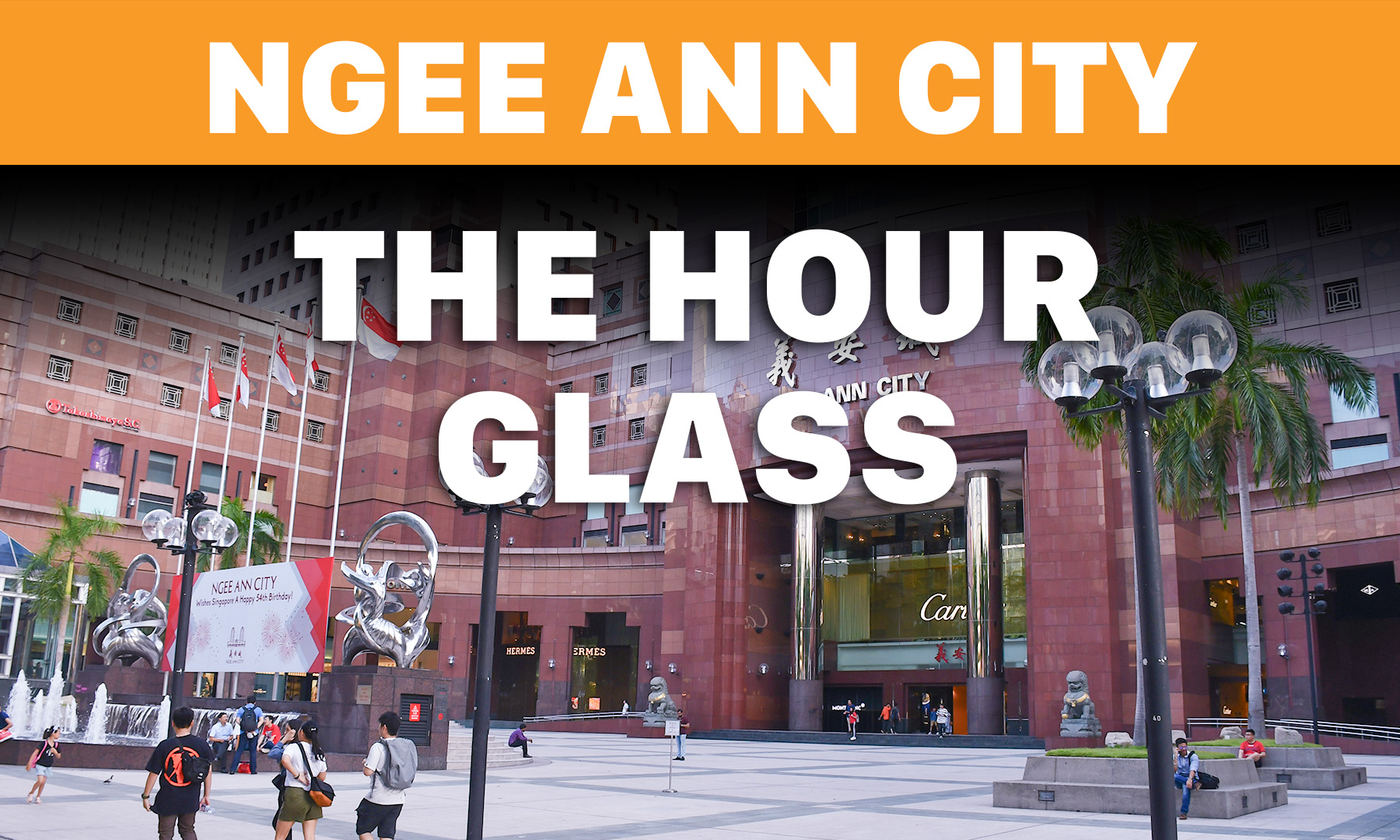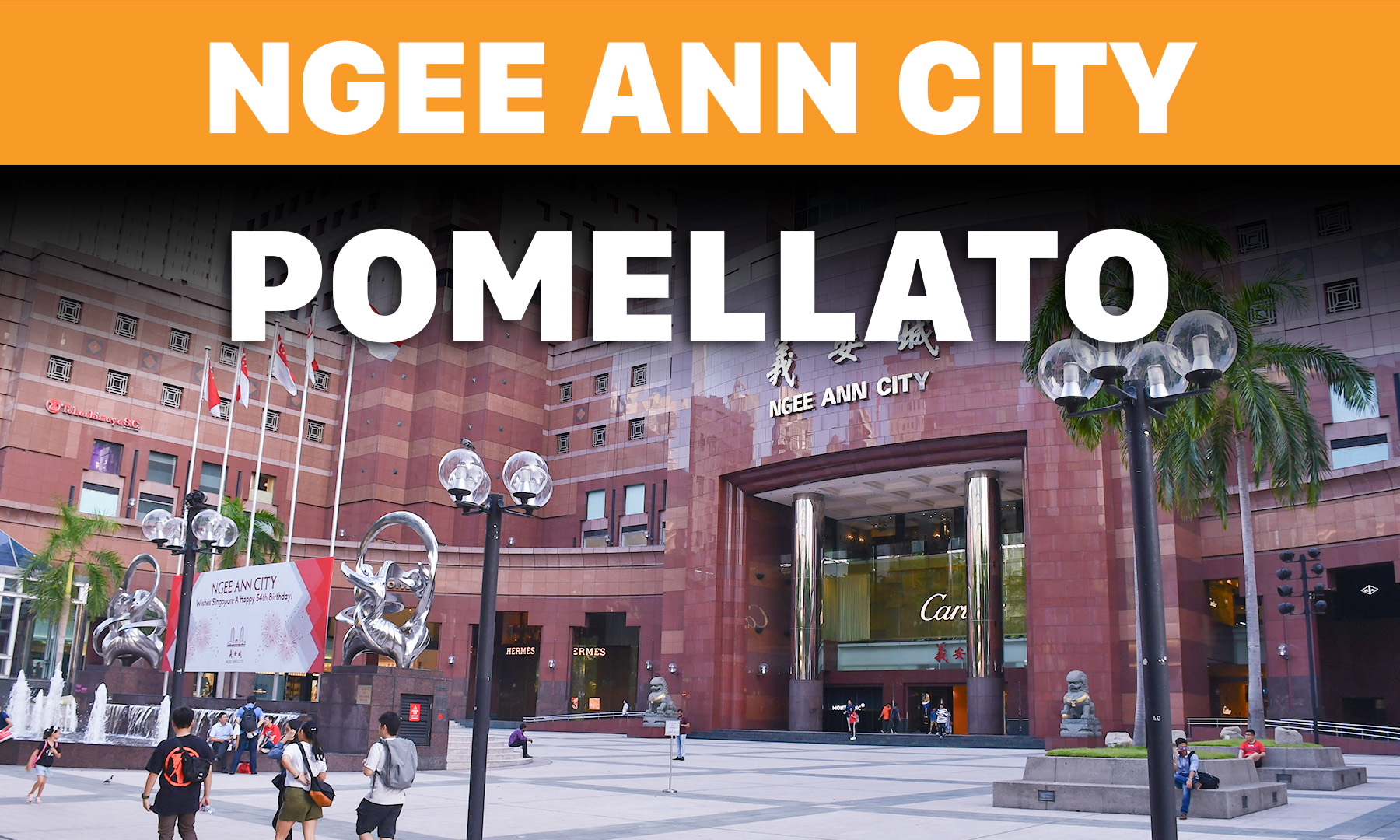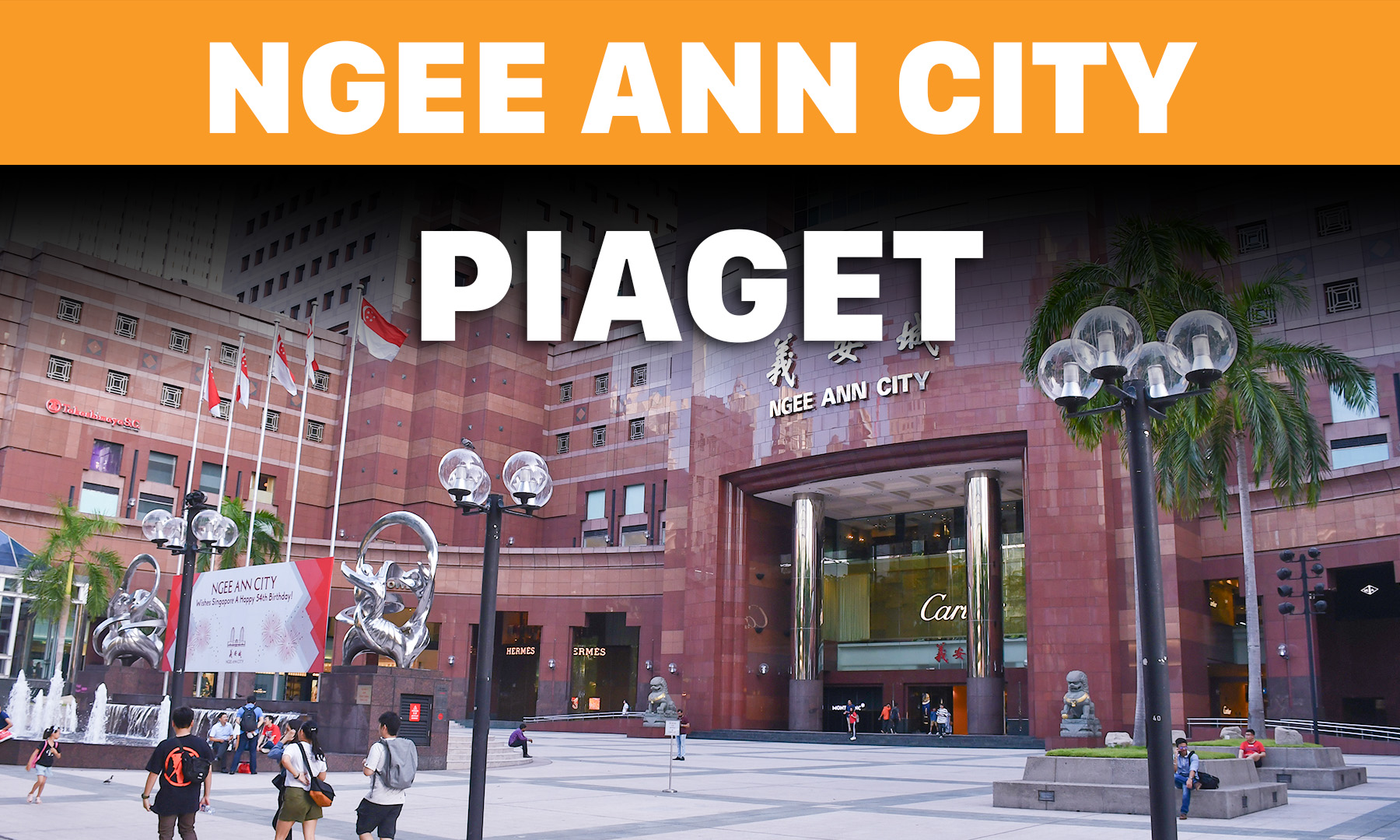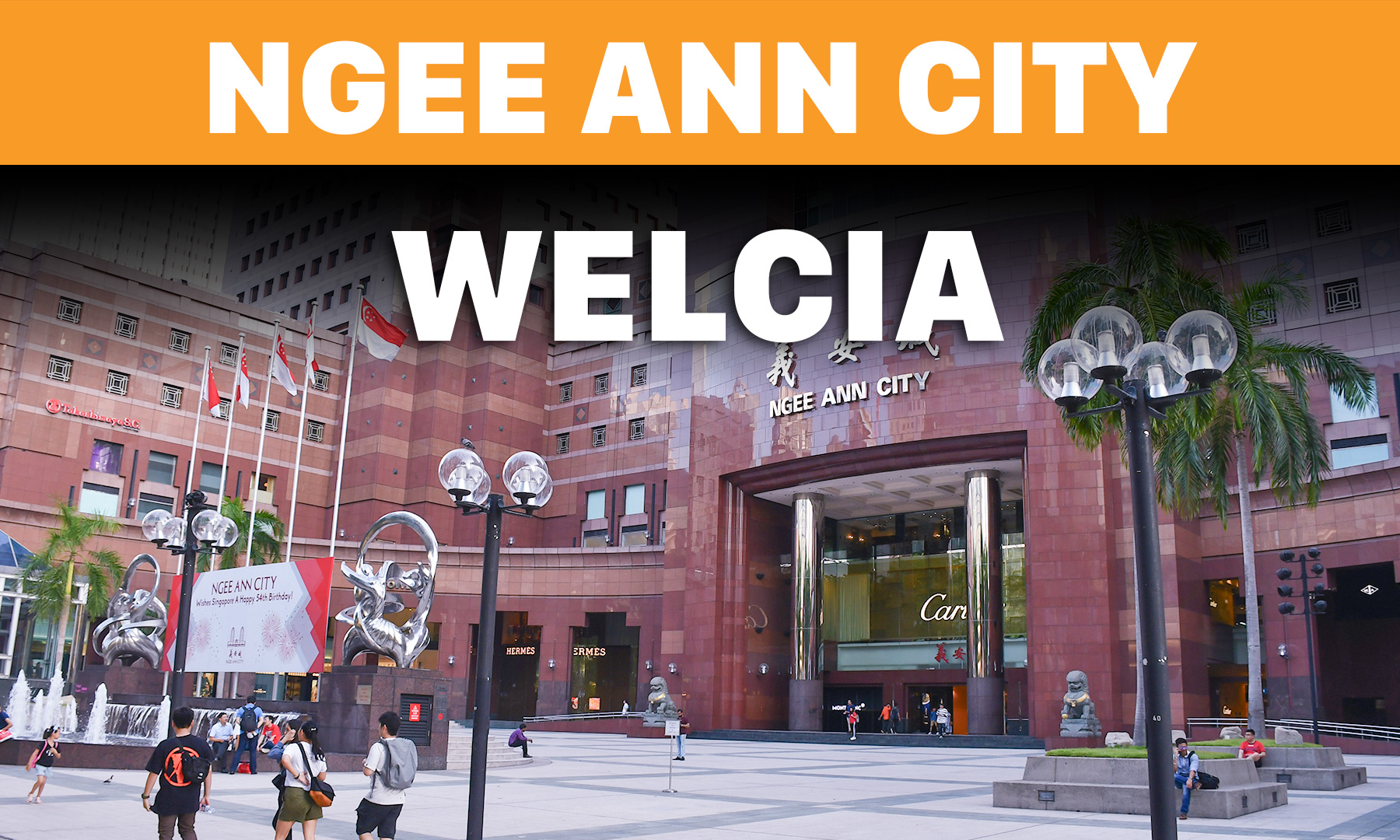Black-and-White Houses of Singapore: The Grand Old Dames of Colonial Singapore

Nestled amidst lush, wooded landscapes and occasionally perched atop valleys, the black-and-white bungalows of Singapore stand as enduring symbols of the island's colonial legacy. Built between 1903 and 1941, these stately residences were primarily occupied by the well-heeled, serving as picturesque reminders of a bygone era. In this article, we delve into the fascinating history and architectural significance of Singapore's black-and-white houses, which have gracefully withstood the test of time.
The Bungalows of Early Singapore
To trace the origins of the black-and-white houses, one must look back to the early 19th century when British settlers introduced the concept of the Anglo-Indian bungalow. These single-story timber buildings with extensive verandahs graced the picturesque Singapore shoreline, showcasing the influence of British colonial architecture.
As the years passed, local architectural features were gradually incorporated into the design of these bungalows. Most notably, the houses were elevated above the ground, drawing inspiration from indigenous Malay architecture. This architectural decision not only helped keep the interiors cool but also protected against flooding, a common concern in the region. The amalgamation of British and Malay architectural elements led to the birth of the "Anglo-Malay bungalow" style, characterized by lofty ceilings, tiled roofs, deep overhanging eaves, classical columns on plinths, and expansive verandahs. This fusion of styles laid the foundation for the iconic black-and-white houses of Singapore.

The Genesis of Singapore's Black and Whites
In 1903, the renowned architect Regent Alfred John Bidwell, affiliated with the architectural firm Swan & Maclaren, designed the groundbreaking W. Patchitt House at Cluny Road. This innovative structure marked the birth of the black-and-white house as we know it today. The design featured an overhanging hipped roof, half-timber construction, an open ground floor, and verandahs on the second storey with a carriage porch below. The name "black and white" pays homage to the house's dark timber beams and whitewashed walls.
Bidwell, with a reputation established in London and a deep understanding of various architectural trends, was prolific in Singapore. His design for the Cluny Road residence featured a half-timbered mock-Tudor upper storey, which soared above a classically detailed masonry ground floor, complete with two square towers at either end of its front elevation. This visionary creation set the stage for a wave of black-and-white houses to follow.
Evolution and Influence

Bidwell's revolutionary design ignited a demand for black-and-white houses among Singapore's elite. Prominent government officials, barristers, and brokers purchased extensive plots of land, commissioning architectural firms like Swan & Maclaren to design their residences. Over time, the architectural lexicon of Singapore's black-and-white houses evolved to incorporate tropical Edwardian influences, further enriching their aesthetic appeal.
The End of an Era
The chapter of Singapore's black-and-white houses came to an abrupt close during World War II. The final additions to this architectural legacy were the military black and whites, located in areas like Alexandra, Changi, Seletar, and Sembawang. These wartime structures marked the end of an era, as Singapore transitioned into a new phase of its history.
Today, the black-and-white houses of Singapore remain as grand old dames, standing sentinel amidst modern urban developments. They serve as living testaments to the island's colonial past, offering a glimpse into a time when architectural elegance blended seamlessly with the natural beauty of the landscape. These iconic structures continue to captivate both residents and visitors alike, reminding us of the enduring charm and historical significance of Singapore's black-and-white houses.

The state now oversees Singapore's collection of black-and-white homes. A portion of these historic residences has been repurposed into dining establishments and bars, notably in Dempsey Hill, Rochester Park, and Seletar Aerospace Park. The remainder serves as abodes for affluent Singaporeans, expatriates, and foreign embassies.

























































